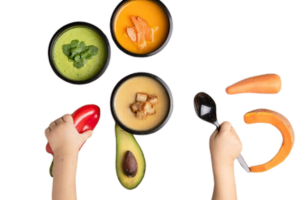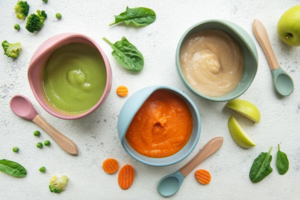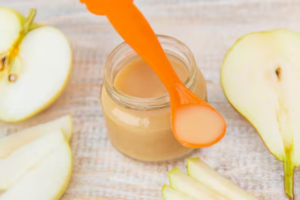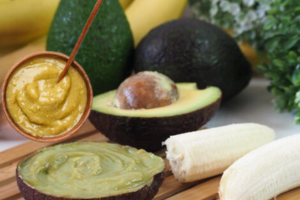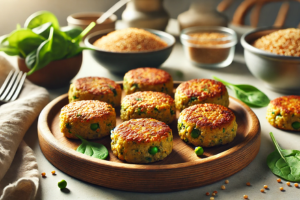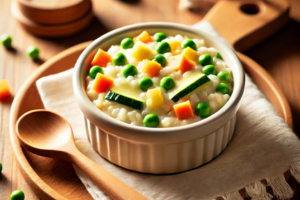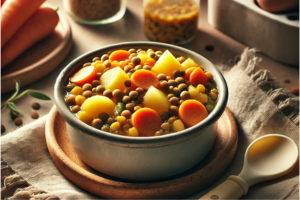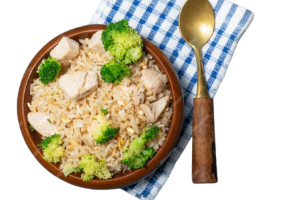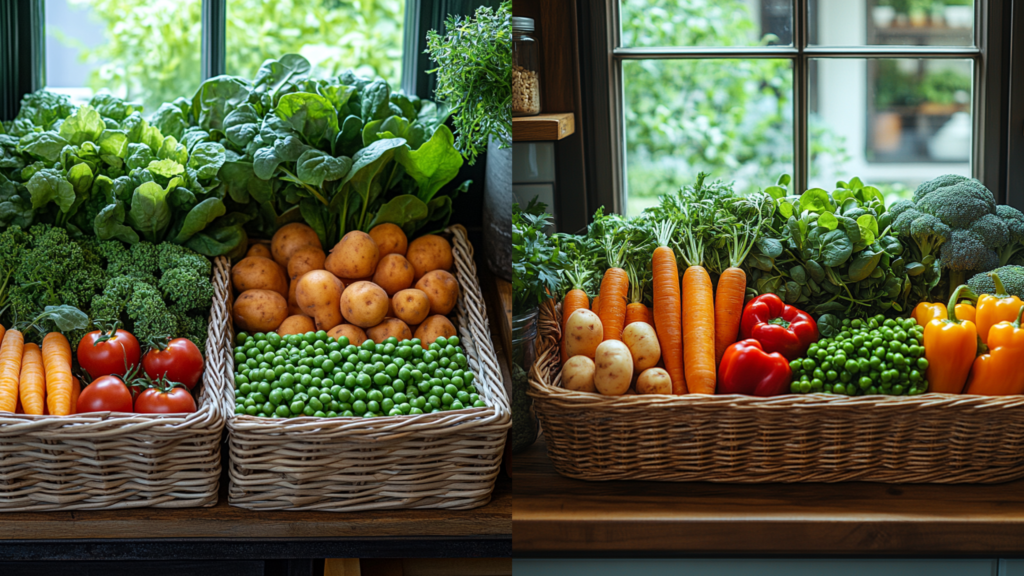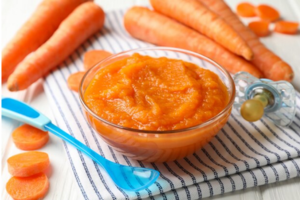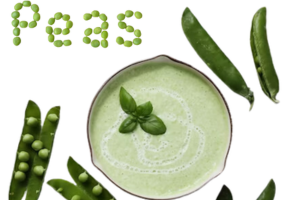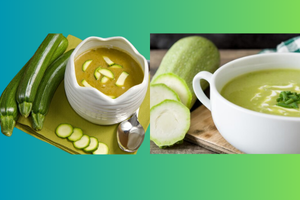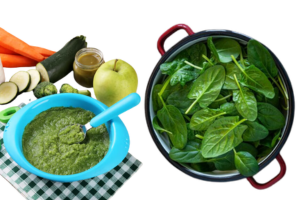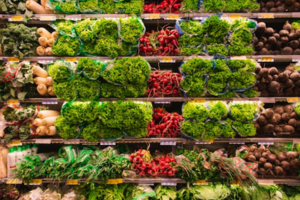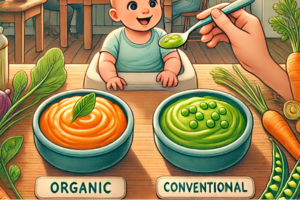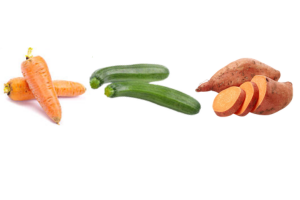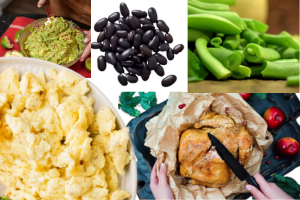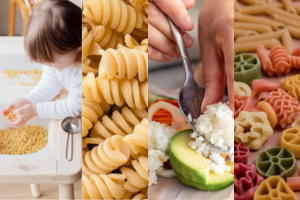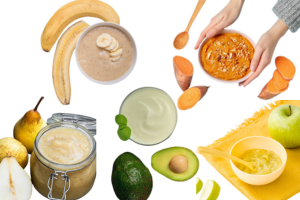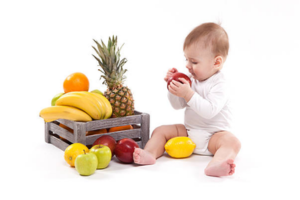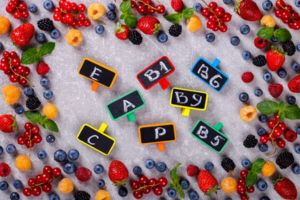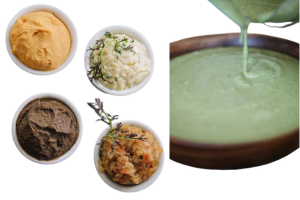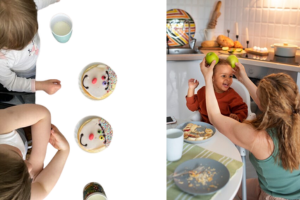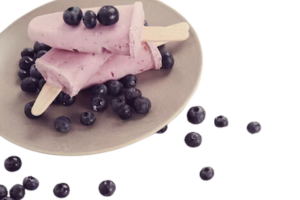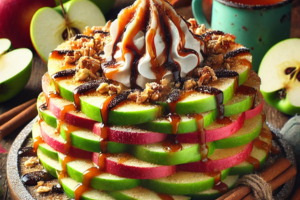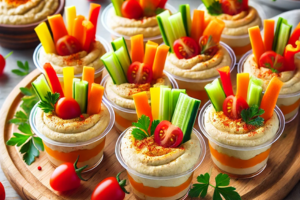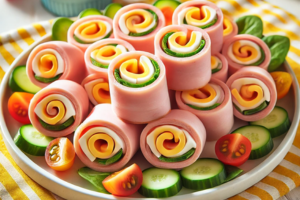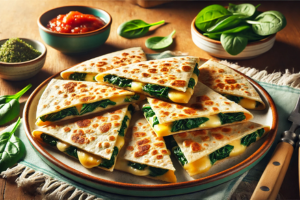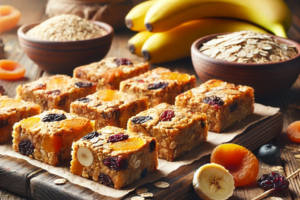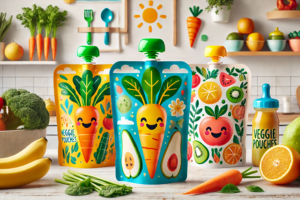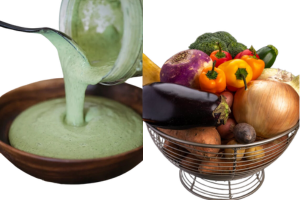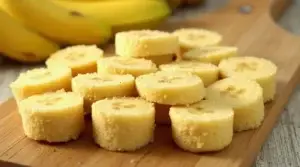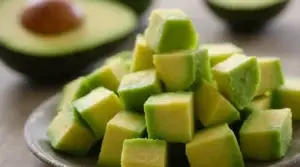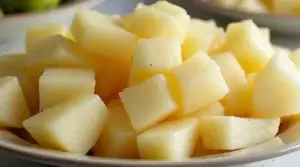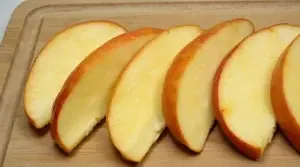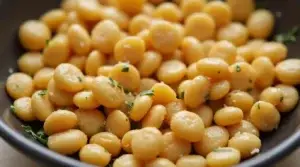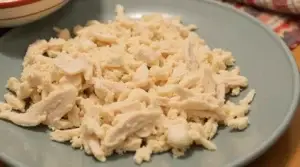When your baby starts exploring food, it’s not just a milestone. It’s an adventure! Finger foods are the perfect way to introduce little ones to the wonderful world of eating independently. They’re convenient and encourage essential motor skills like grasping and hand-eye coordination. Let’s dive into some simple homemade finger food recipes that are easy to prepare, baby-friendly, and oh-so-delicious.
Why Finger Foods Are a Must for Babies?

Finger foods are more than just cute little bites—they’re a practical way to help your baby learn self-feeding. Offering simple, homemade options ensures your baby gets fresh and nutritious food without the preservatives or added sugars often found in store-bought snacks. Plus, you can tailor the ingredients to suit your baby’s taste preferences and dietary needs.
Whether it’s their first taste of solid food or they’re well on their way to toddlerhood, these recipes are bound to delight their taste buds.
1. Soft Veggie Bites: A Perfect Start...
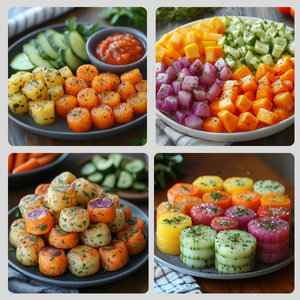
Vegetables are a powerhouse of nutrients, and soft veggie bites are an excellent way to introduce them to your baby. This recipe combines vibrant colors with soft textures that are easy to chew and safe for little mouths.
Recipe: Simple Veggie Bites
Ingredients:
– 1 medium sweet potato
– 1 medium zucchini
– One small carrot
– 1 egg (optional for binding)
– 2 tablespoons of breadcrumbs
Steps:
1. Preheat your oven to 375°F (190°C) and line a baking tray with parchment paper.
2. Steam or boil the sweet potato, zucchini, and carrot until soft.
3. Mash the vegetables together, and add the egg and breadcrumbs to form a soft dough.
4. Shape the mixture into small, baby-sized balls or patties.
5. Bake for 15–20 minutes or until slightly golden. Cool before serving.
These veggie bites are soft enough for young eaters and packed with vitamins to support their growing bodies. Plus, you’ll feel great knowing exactly what’s in them!

2. Mini Fruit Pancakes: Sweet and Nutritious
If you’re looking for a sweet treat that’s also healthy, mini fruit pancakes are your go-to option. These tiny pancakes are easy for babies to hold and packed with natural fruit sweetness. They’re ideal for breakfast or a quick snack on the go.
Recipe: Banana Berry Mini Pancakes
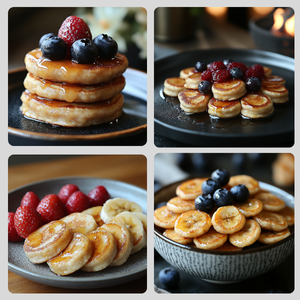
Ingredients:
– 1 ripe banana
– 1/4 cup of mashed blueberries or strawberries
– 1/2 cup of oat flour
– 1/4 cup of milk (breast milk, formula, or any baby-safe alternative)
– A pinch of cinnamon (optional)
Steps:
1. Mash the banana and mix it with the berries.
2. Add the oat flour, milk, and cinnamon to create a thick batter.
3. Heat a non-stick skillet over low heat and spoon small dollops of batter onto the pan.
4. Cook until bubbles form on the surface, then flip and cook for another minute.
5. Cool completely before serving.
These pancakes are soft, easy to chew, and naturally sweet without any added sugar. You can also make a larger batch and freeze extras for busy mornings.
3. Cheesy Cauliflower Tots: Irresistible Flavor
Cheese is a favorite for many babies, and pairing it with cauliflower creates a nutritional boost in these cheesy tots. They’re packed with flavor, easy to handle, and an excellent source of calcium and fiber.
Recipe: Cheesy Cauliflower Tots

Ingredients:
– 1 cup of steamed cauliflower
– 1/4 cup of shredded cheese (mild cheddar or mozzarella works well)
– 1/4 cup of breadcrumbs or crushed baby-friendly crackers
– 1 egg
Steps:
1. Preheat your oven to 400°F (200°C) and grease a mini muffin tin or baking tray.
2. Mash the steamed cauliflower into a coarse texture.
3. Mix in the shredded cheese, breadcrumbs, and egg to form a thick batter.
4. Scoop small portions into the muffin tin or shape them into tot-like logs.
5. Bake for 20 minutes, flipping halfway through, until golden brown. Let them cool before serving.
Not only are these tots finger-friendly, but they’re also customizable. Swap out cauliflower for broccoli or add a sprinkle of herbs for variety.
Avocado is a superfood for growing babies, loaded with healthy fats, vitamins, and a creamy texture that’s easy to eat. Turning it into toast fingers makes it even more appealing for little ones who love to explore new tastes and textures.
Recipe: Baby-Friendly Avocado Toast
Ingredients:
– 1 slice of whole-grain bread
– 1/4 ripe avocado
– A dash of lemon juice (optional)
Steps:
1. Toast the bread lightly to make it firm but not too crunchy.
2. Mash the avocado and mix in a drop of lemon juice for freshness.
3. Spread the avocado onto the toast, then cut it into small, baby-sized strips.
4. Serve immediately, ensuring the toast is soft enough for your baby to chew easily.
Avocado toast fingers are a quick and fuss-free recipe that’s perfect for breakfast or a snack. Plus, they’re a great way to get your baby used to nutrient-dense foods early on.
5. Tips for Serving Finger Foods Safely
You’ve got the recipes, but let’s not forget the golden rules of serving finger foods to babies. Safety is key, so here are a few tips to keep mealtime stress-free:
1. Size Matters: Always cut finger foods into pieces small enough for your baby to hold and chew comfortably.
2. Monitor Closely: Never leave your baby unattended while eating.
3. Texture is Important: Ensure the food is soft and easy to chew, especially if your baby doesn’t have many teeth.
4. Avoid Common Choking Hazards: Skip hard, round foods like whole grapes or nuts.
5. Watch for Allergies: Introduce new ingredients one at a time to monitor for allergic reactions.
Store-bought snacks may seem convenient, but homemade finger foods offer unbeatable benefits. They’re fresh, preservative-free, and made with love, which means you know exactly what your baby is eating. These recipes are simple to make and adaptable to whatever ingredients you have on hand.
Not to mention, cooking for your baby is a wonderful way to bond. You’ll enjoy experimenting with flavors and watching their little face light up as they discover their new favorite food. So roll up your sleeves and have fun making these delicious baby recipes!

7. Final Thoughts
Introducing finger foods doesn’t have to be overwhelming. With a handful of simple, homemade recipes, you’ll have plenty of options to keep your baby’s meals exciting, nutritious, and fun. From veggie bites to cheesy tots and sweet mini pancakes, these dishes are sure to become mealtime favorites.
Remember, every baby is different, so feel free to tweak these recipes to suit your little one’s needs. Whether you’re prepping for a snack, lunch, or a special treat, these homemade creations are the perfect way to explore delicious baby recipes while making lifelong memories together.
Stay tuned for more tips and recipes as we continue exploring the wonderful world of baby-led feeding!




